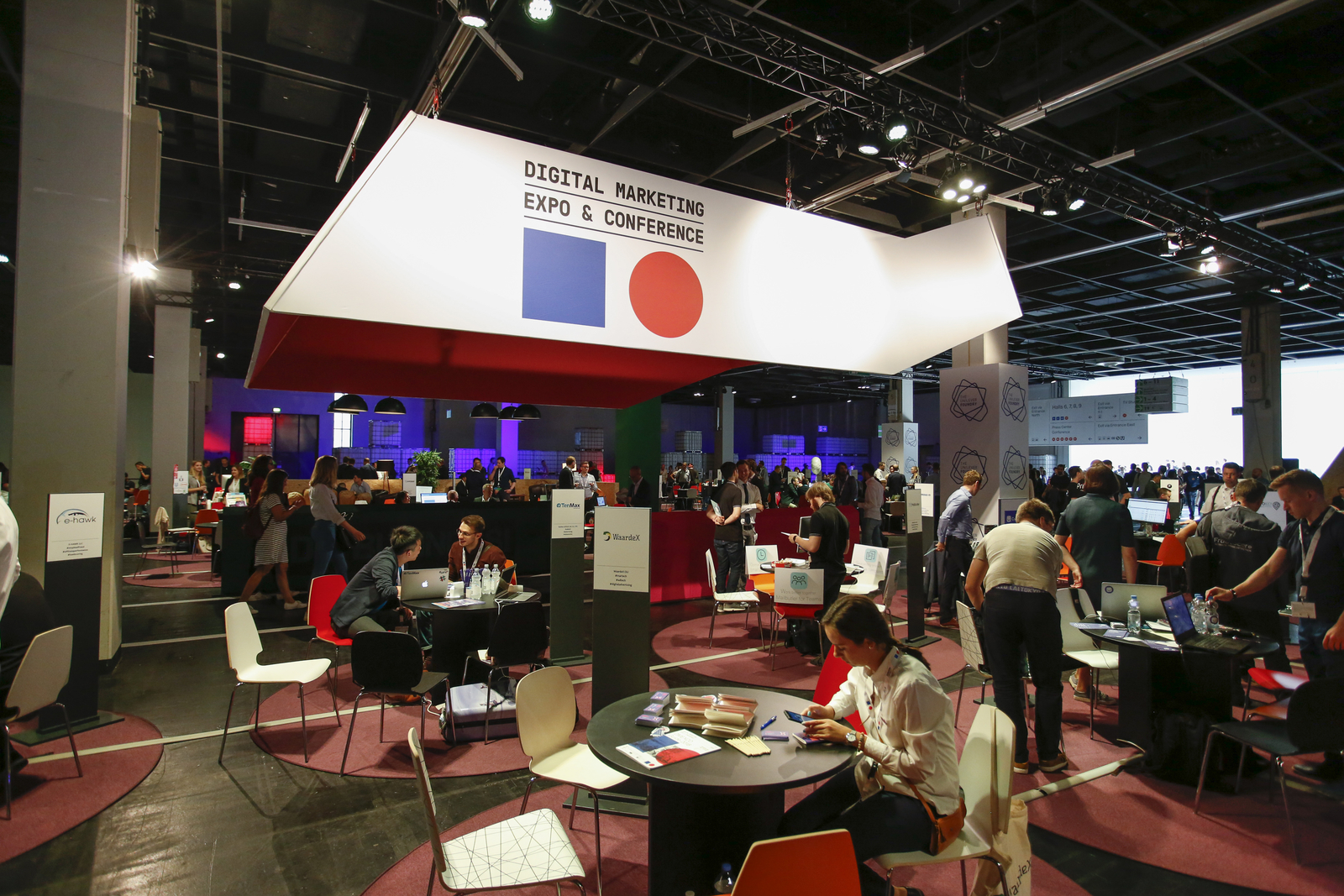With conferences back in full swing, Zoovu joined SAP as a co-exhibitor at DMEXCO 2022 in Cologne, Germany. DMEXCO, short for Digital Marketing& Experience Conference, is Europe’s leading digital marketing conference focused on creating a community and network for key players in digital business, marketing, and innovation. Over the course of 2 days, over 40,000 visitors representing 91 countries and 560 partners participated in the event. After a 3-year hiatus, it was clear businesses are focused on driving more value in every customer interaction, improving operational efficiency, and preparing for innovations on the horizon.
We crossed paths with 100s of digital marketers and transformation leaders across a wide swath of industries who shared their challenges and solutions to the obstacles business face as digital commerce continues to evolve. By co-exhibiting with SAP that themed their brand corner for DMEXCO22 around Delivering Customer Experience Excellence, we furthered our joint position as “Better Together” for businesses aiming for best-in-class CX and content discovery experiences.
While the nuances and details of challenges may differ between industries, we noticed uniting themes, all centered around the hard lessons learned from the pandemic and its impact on how both consumers’ and B2B buyers’ expectations have evolved for whom they buy from. The truth is: many of these challenges already existed. The need for improving discoverability on digital channels started years before 2020, but the pandemic highlighted the need and made businesses fully commit. Here are 4 key takeaways:
1. Solutions must be future-proof for digital expansion
When a new channel or marketplace opens up, the businesses that can scale and expand swiftly and without error are automatically ahead of their competitors. Businesses that can’t respond to market changes and opportunities, see their brand equity diminish and sales decrease. We spoke to dozens of business leaders who will only implement technology that will “future-proof the business from a digital perspective.” These businesses need solutions that enable quick responses to new channel opportunities, product catalog changes, and customer expectations.
2. Ecommerce presence alone is not enough
Ecommerce is not a “set it and forget it” channel or strategy. How many businesses don’t evaluate the effectiveness of in-store merchandising or the performance of their sales team? Exactly, zero. That is a sure proof way to fail. Businesses, especially in the B2B manufacturing space, are realizing they need to enhance their digital experiences for better discoverability, increased revenue, and greater customer loyalty. Every channel a business sells on needs to be optimized for customer experience and competitive advantage. It’s important for businesses to remember people buy from people and guiding people with accuracy and ease to what they’re looking for is critical to CX excellence. The question is how do you bring that human-centric element to digital channels?
3. B2B manufacturing is committing to revolutionizing
As mentioned previously, B2B manufacturers, channel partners, and vendors have faced a hard truth over the last few years: they’ve been antiquated and unwilling to invest in the future. It is now a sprint to meet their buyers’ and internal teams’ expectations and needs. They’ve seen their consumer counterparts make significant strides in digital transformation and are ready to emulate a consumer-like experience for their buyers. While their products are more complex, digitizing the sales experience is a top priority and finding the right solutions to take them from PDFs and time-consuming sales calls to easy-to-navigate and discover content and self-service experiences are the most effective, efficient, and scalable way forward.
4. Importance of merging physical and digital (“phygital”)
If you think about it, every person is their own unique channel. Everyone interacts and engages with products, content, and businesses in their own unique way and journey. Some may prefer to do research online and then go into a store for their final decision, some see a social ad that drives them into a store, and others may opt for online or offline only. This means businesses need to scale their experiences and make them sticky. The re-emergence of kiosks highlights the need for better in-store self-guided discovery experiences; retailers use their branded apps to help shoppers navigate in-store with geo-location; the B2B buyer’s journey requires always-available and accurate experiences whether they are in the office or in a warehouse. Businesses that understand and adapt will thrive.
As we look to 2023, it’s clear businesses, regardless of selling model or industry, know the time is now set with the right technology and strategy in place to thrive in an ever-evolving digital landscape that shows no signs of slowing down.

